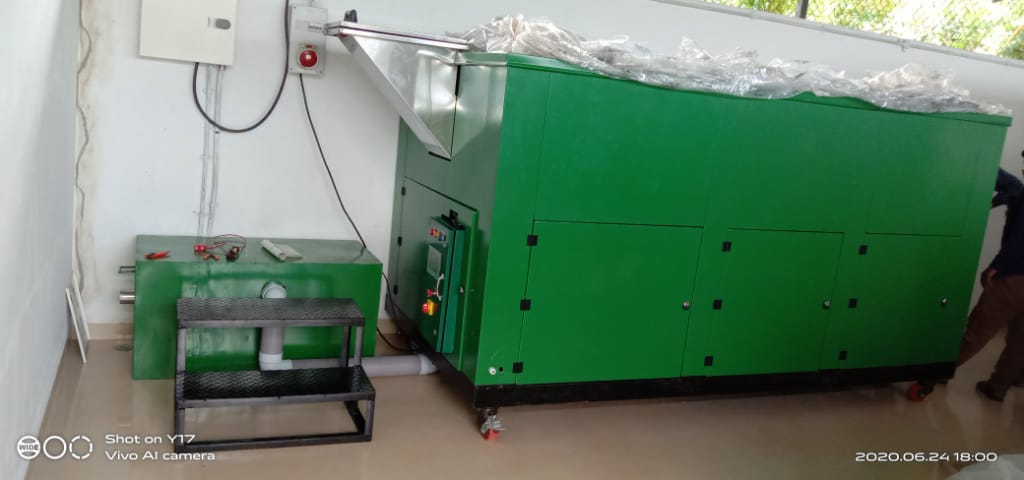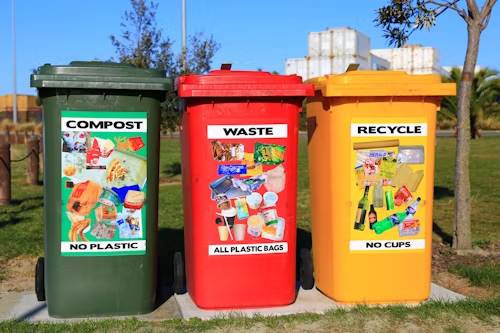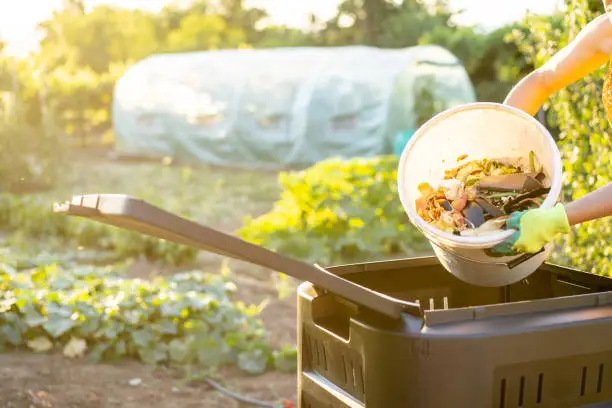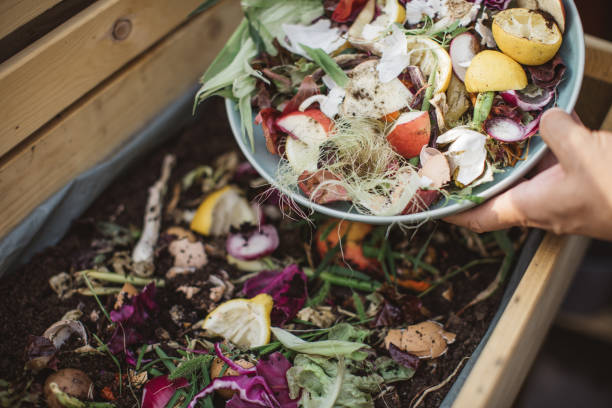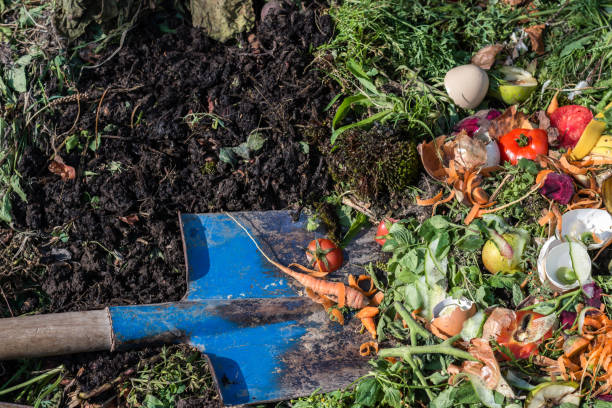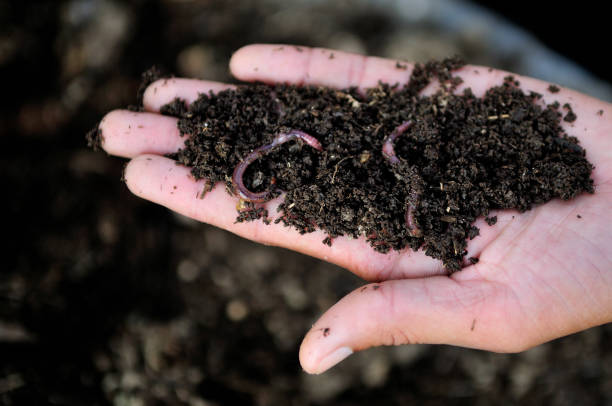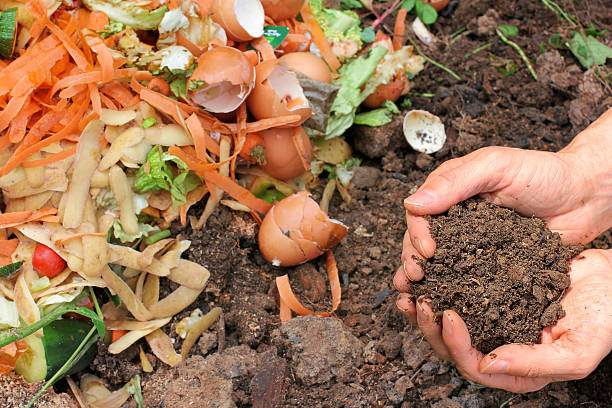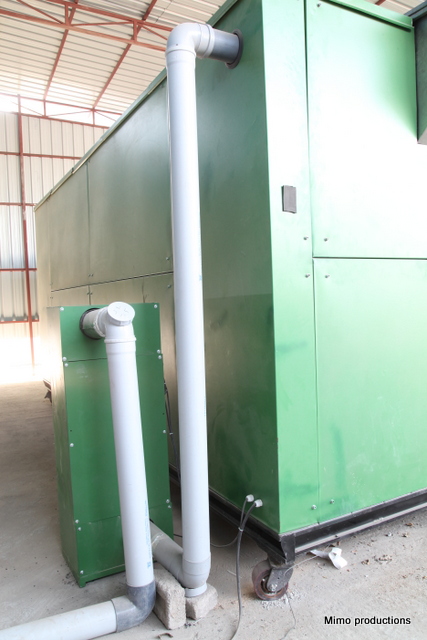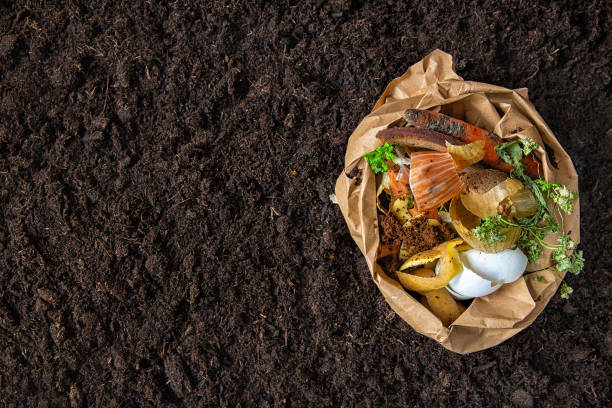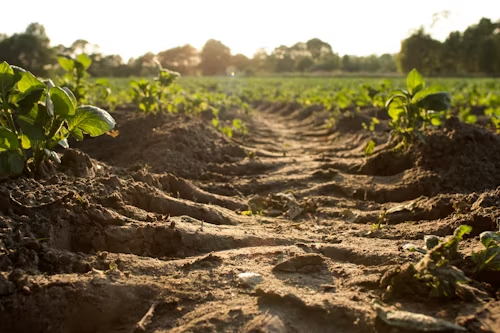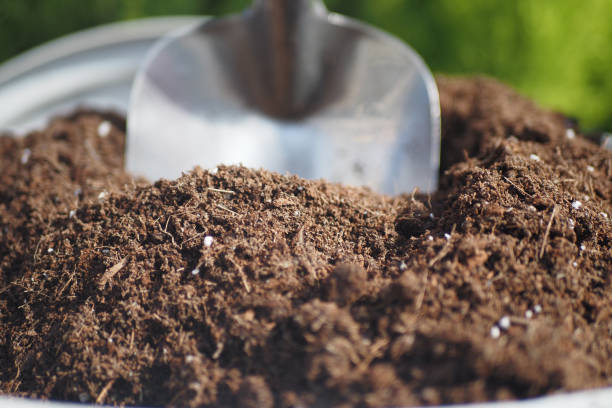ENQUIRE NOW FOR BEST COMPOSTING MACHINES IN INDIA – https://share.hsforms.com/1d12AT_oJScm8iiXbjSrEIwrh2r7
Introduction
Waste is no longer just waste—it’s an untapped resource that can transform our planet. In Qatar, where sustainability is at the heart of Vision 2030, smart composting machines are emerging as game-changers in waste management. These innovative solutions are helping households, businesses, and industries turn food waste into nutrient-rich compost, reducing landfill dependency and creating a greener tomorrow.
Why Qatar Needs Smart Composting Machines
Qatar faces unique waste challenges due to its rapid urbanization, high food consumption, and extreme climate conditions. According to recent data, food waste accounts for nearly 50% of municipal solid waste in Qatar. Traditional disposal methods like landfills and incineration are unsustainable, leading to greenhouse gas emissions, soil contamination, and rising costs.
This is where smart composting machines come in—they provide an efficient, eco-friendly, and cost-effective solution to tackle the waste crisis head-on.
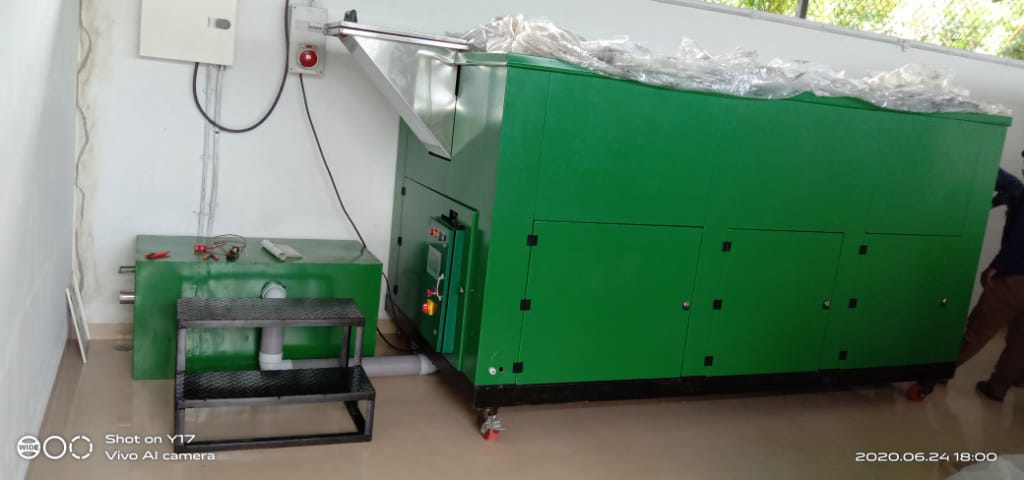
What Makes Smart Composting Machines Special?
Unlike traditional composting methods that take months, smart composting machines work in just 24–48 hours, using advanced sensors, AI technology, and controlled environments to:
- Break down food and organic waste quickly
- Prevent foul odors and pests
- Operate efficiently even in hot climates like Qatar
- Produce high-quality compost for gardening or landscaping
These machines are compact, easy to install, and require minimal maintenance, making them perfect for homes, hotels, and restaurants in Qatar.
ENQUIRE NOW FOR BEST COMPOSTING MACHINES IN INDIA – https://share.hsforms.com/1d12AT_oJScm8iiXbjSrEIwrh2r7
Benefits of Smart Composting in Qatar
✅ 1. Reduces Landfill Waste
Every ton of food waste diverted from landfills means less methane emissions, one of the most dangerous greenhouse gases.
✅ 2. Supports Qatar National Vision 2030
Composting aligns perfectly with Qatar’s sustainability goals, reducing environmental impact and supporting circular economy practices.
✅ 3. Cuts Costs for Businesses
Hotels, restaurants, and cafeterias in Qatar can slash waste disposal costs while earning eco-friendly credentials.
✅ 4. Boosts Soil Health
The compost generated can enrich desert soil, making it more fertile for landscaping, parks, and even urban farming.
Who Can Benefit from Smart Composting Machines in Qatar?
- Hotels and Resorts – Reduce food waste from buffets.
- Restaurants and Cafés – Minimize disposal costs and go green.
- Corporate Offices – Achieve ESG compliance and sustainability certifications.
- Households and Communities – Adopt green living habits.
Primary Keyword: Smart Composting Machines Qatar
Secondary Keywords: Waste Management in Qatar, Composting in Qatar, Food Waste Solutions Qatar, Green Planet Solutions
Long-tail Keywords: Best composting machine in Qatar, how to manage food waste in Qatar, Qatar sustainability waste solutions
Search Intent: Informational + Transactional (educating while promoting solution)
Title Tag: How Smart Composting Machines Are Changing Waste Management in Qatar | Green Planet Solutions
Meta Description: Discover how smart composting machines are revolutionizing waste management in Qatar, reducing food waste, and supporting Vision 2030 sustainability goals.
ENQUIRE NOW FOR BEST COMPOSTING MACHINES IN INDIA – https://share.hsforms.com/1d12AT_oJScm8iiXbjSrEIwrh2r7
- Game-changer
- Eco-friendly
- Revolutionizing
- Sustainability
- Transform
- Future-ready
- Cost-effective
- Powerful impact
- Green living
- Smart solution
High-Engagement Hashtags
#GreenPlanetSolutions #CompostingQatar #SmartComposting #WasteManagementQatar #SustainableQatar #FoodWasteSolutions #EcoFriendlyLiving #QatarVision2030 #GreenHotelsQatar #CircularEconomyQatar
🌱 Ready to make your waste work for you?
Contact Green Planet Solutions Pune today to explore smart composting solutions for your home, business, or hotel in Qatar.
✅ Website: www.thegreenplanetsolutions.com

– https://www.thegreenplanetsolutions.com/
 – +917722073961
– +917722073961
Instagram – https://www.instagram.com/greenplanetolutions2013?igsh=MTQ5MWxpeng5dmtvaA==
Facebook – https://www.facebook.com/share/19Eim5u2Ep/
Linkdein – https://www.linkedin.com/company/green-planet-solutions/
Threads – https://www.threads.net/@greenplanetolutions2013
YouTube – https://youtube.com/@greenplanetsolutions2013?si=0gkKEahaaB5z6csm

